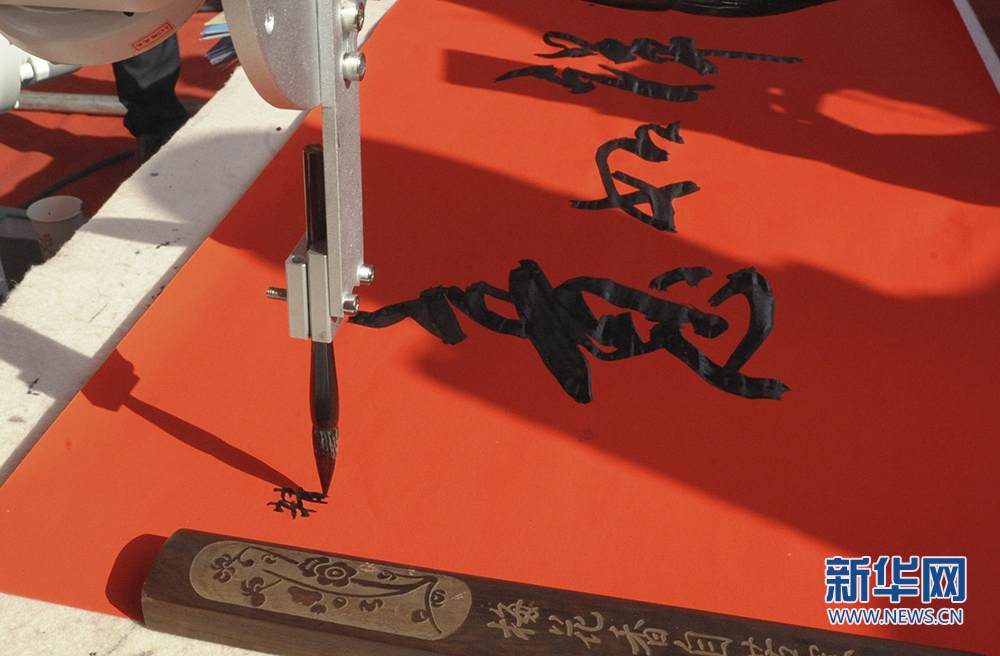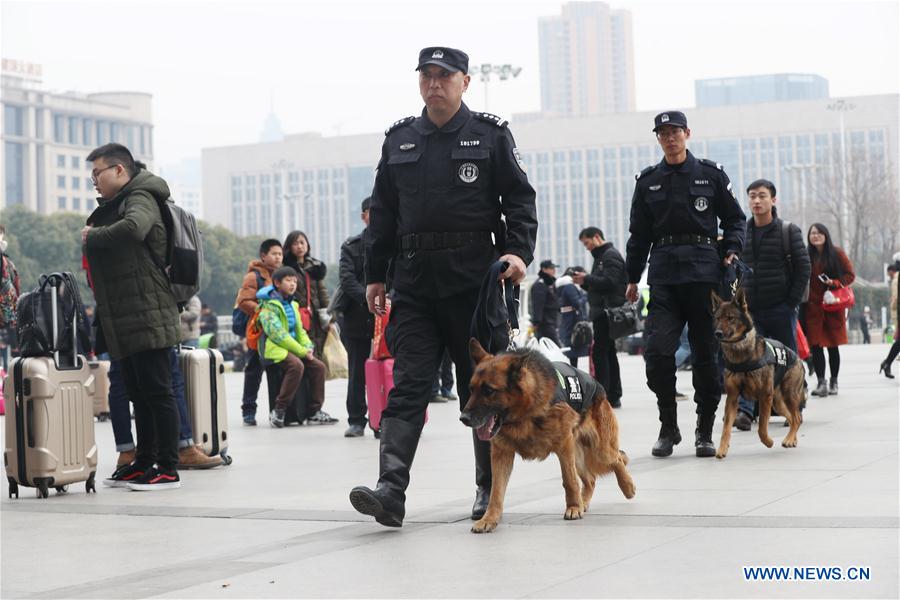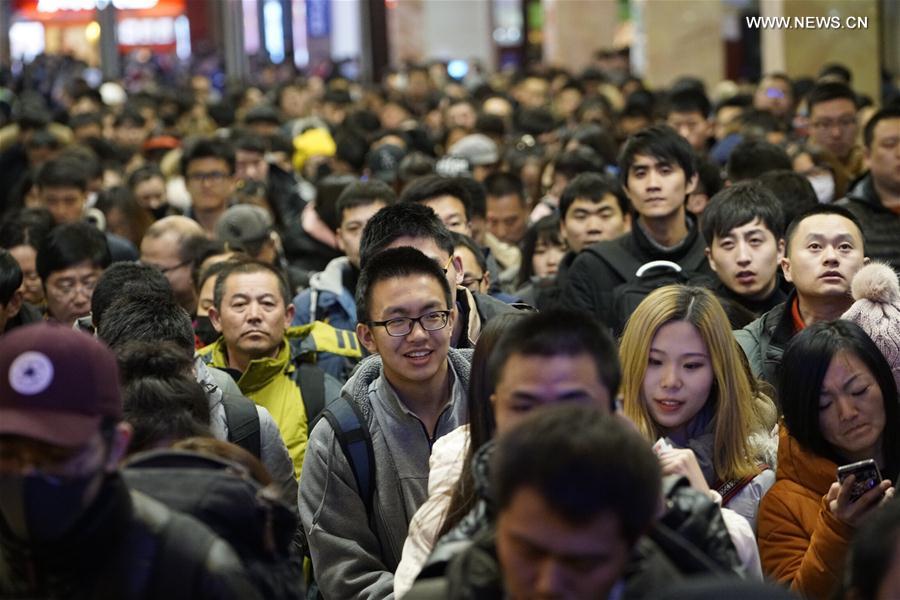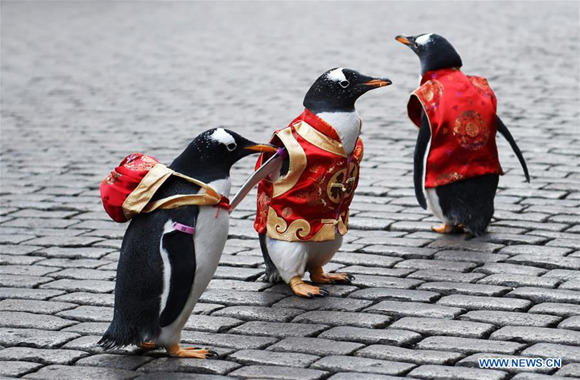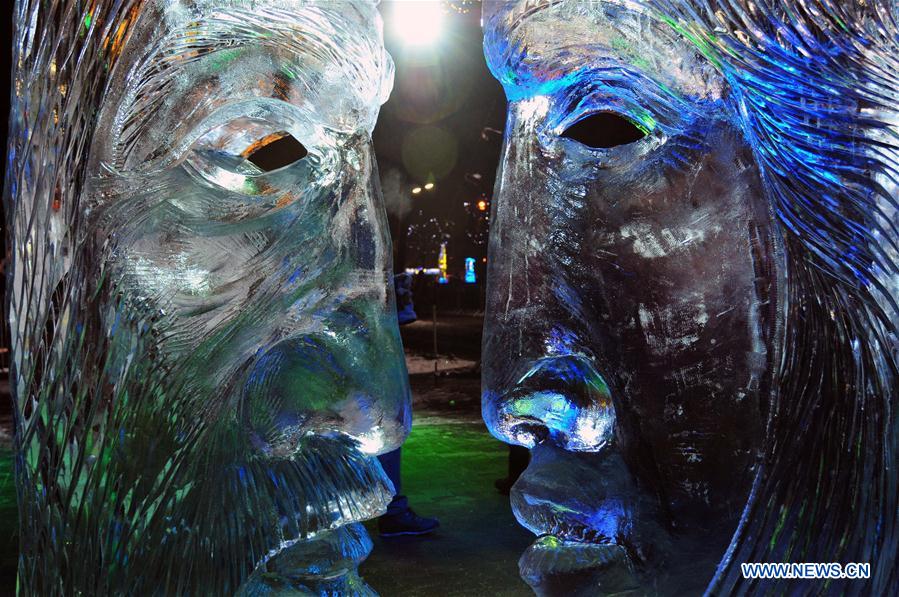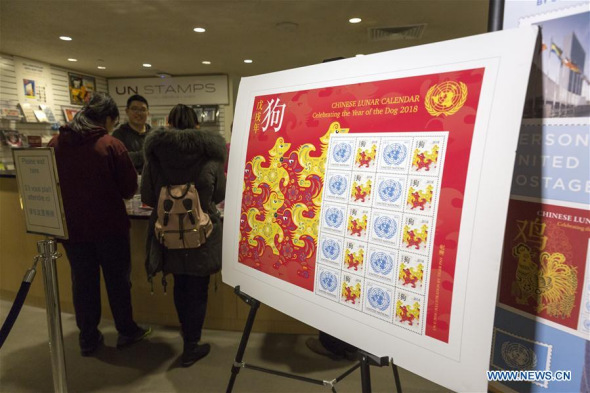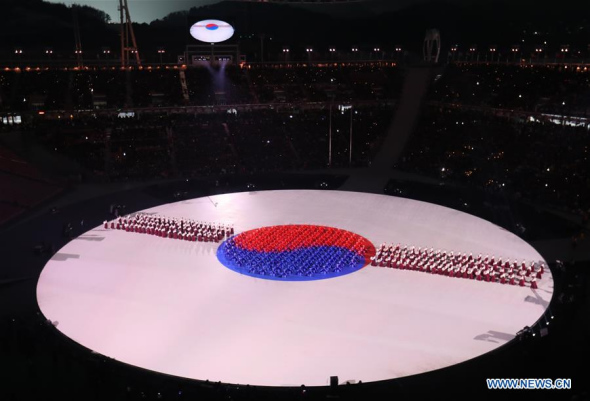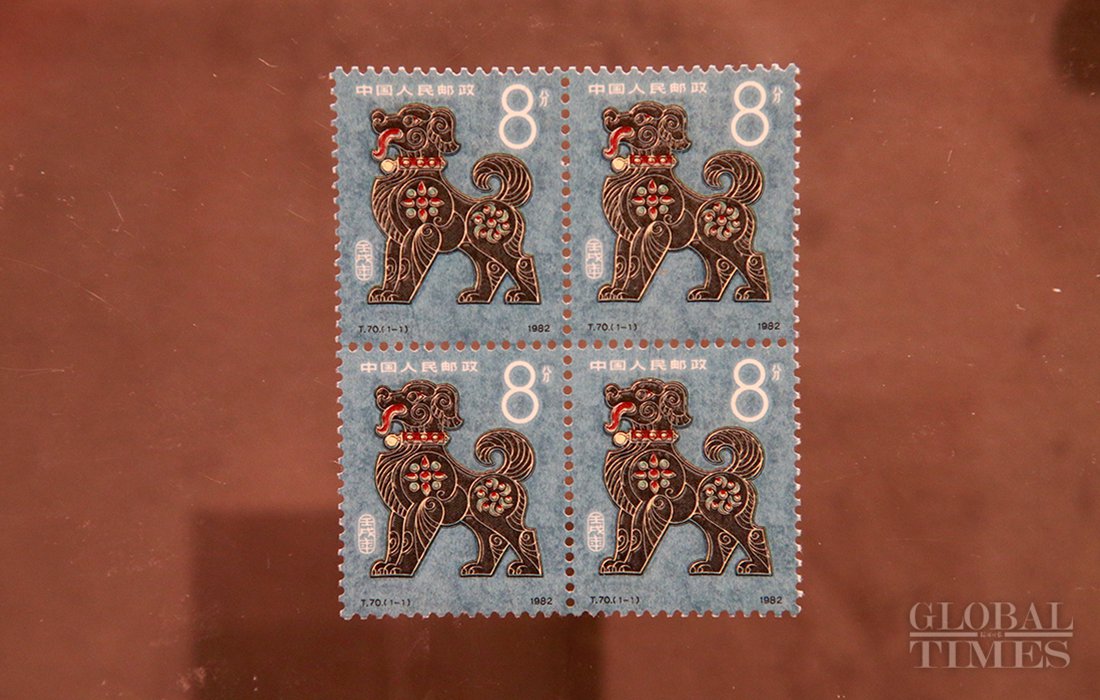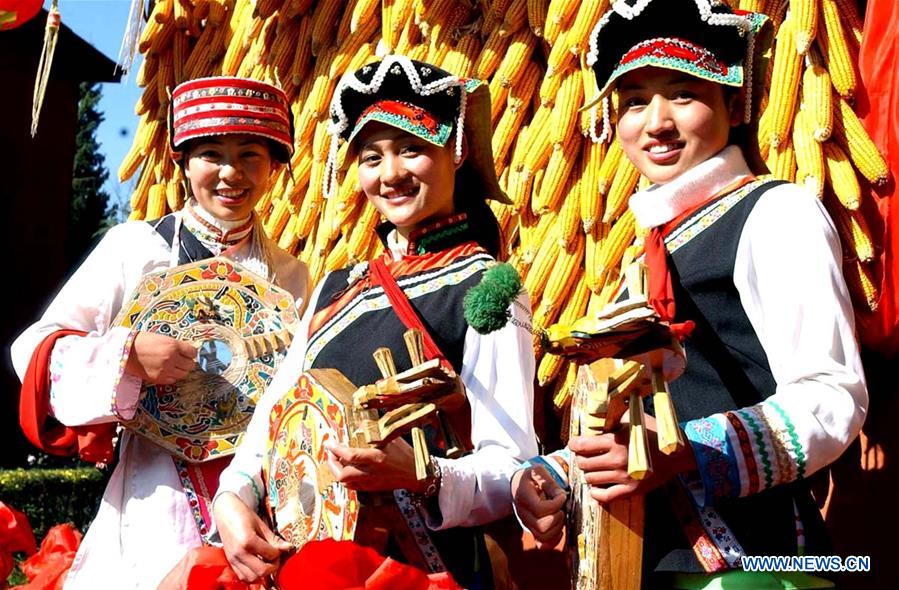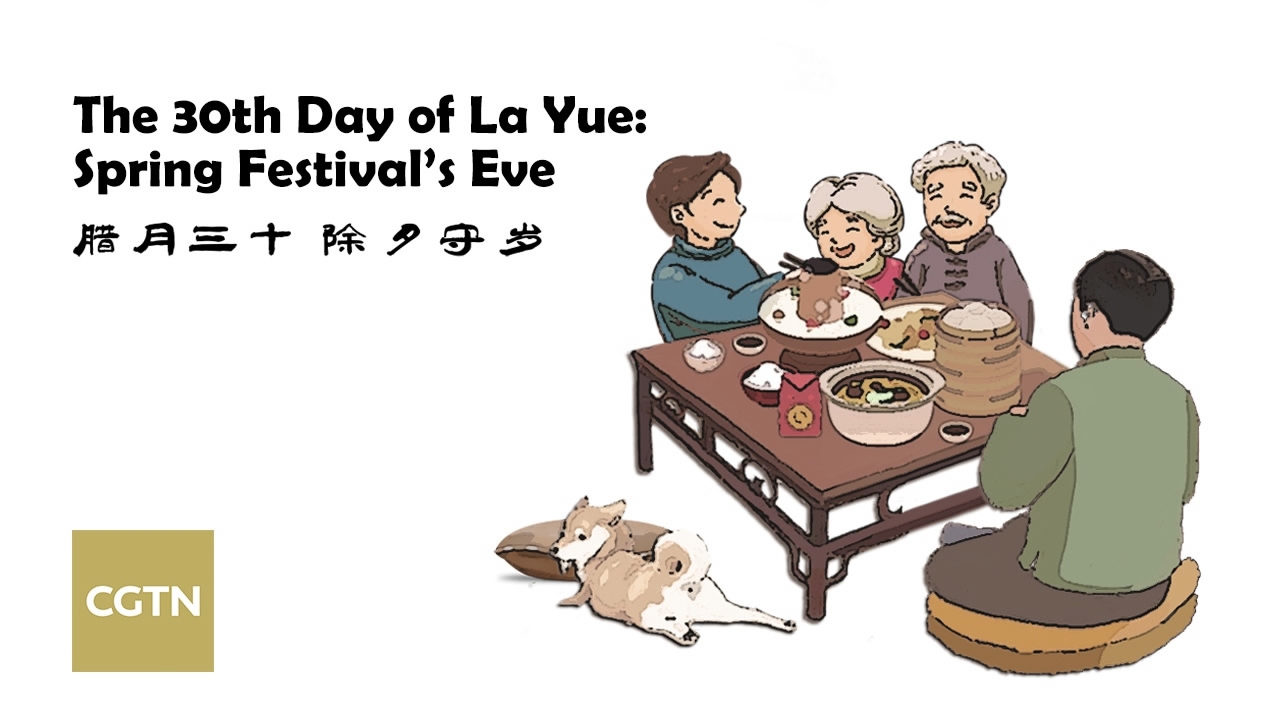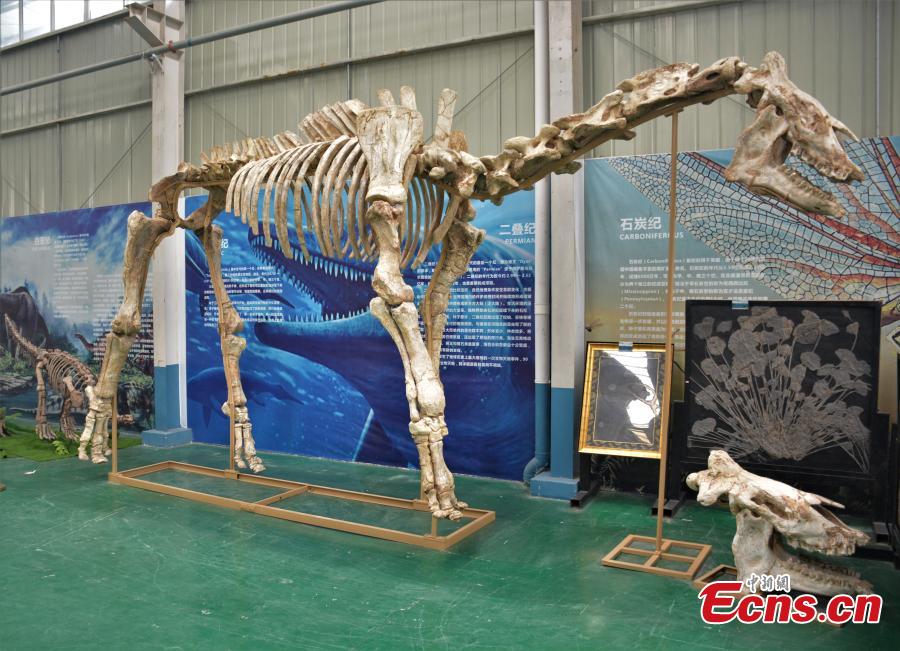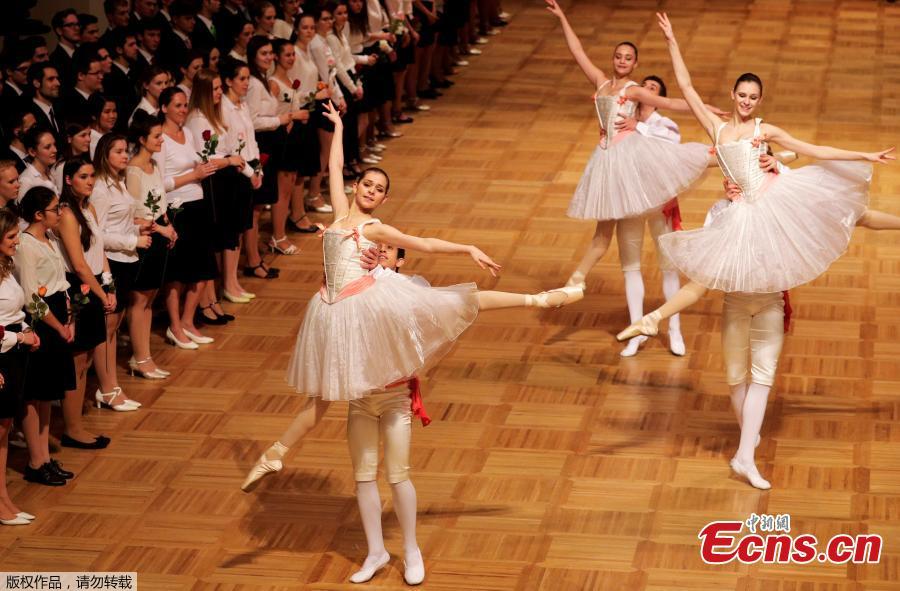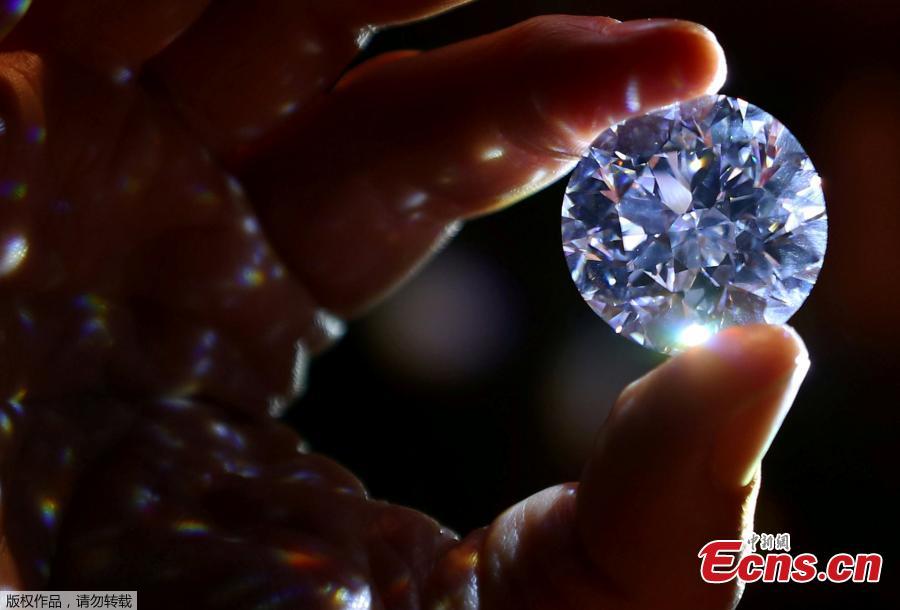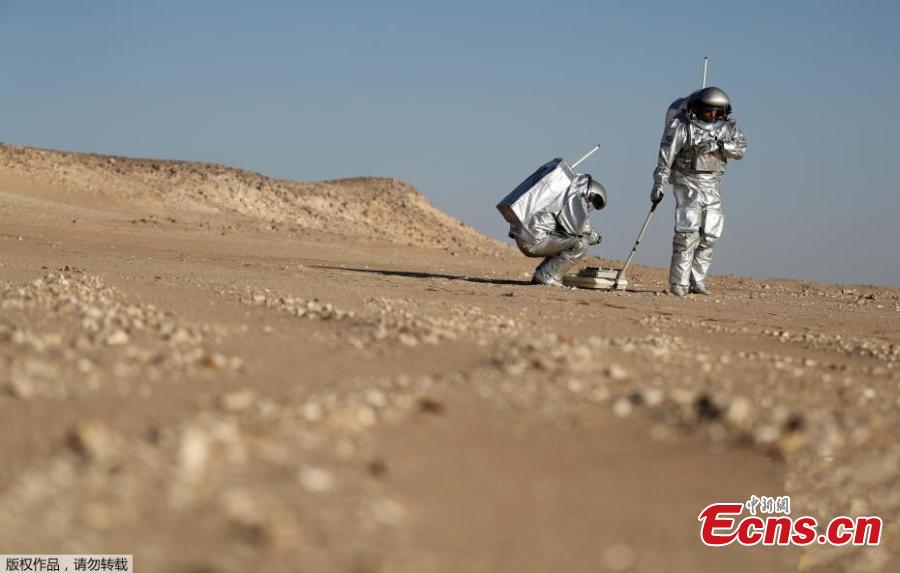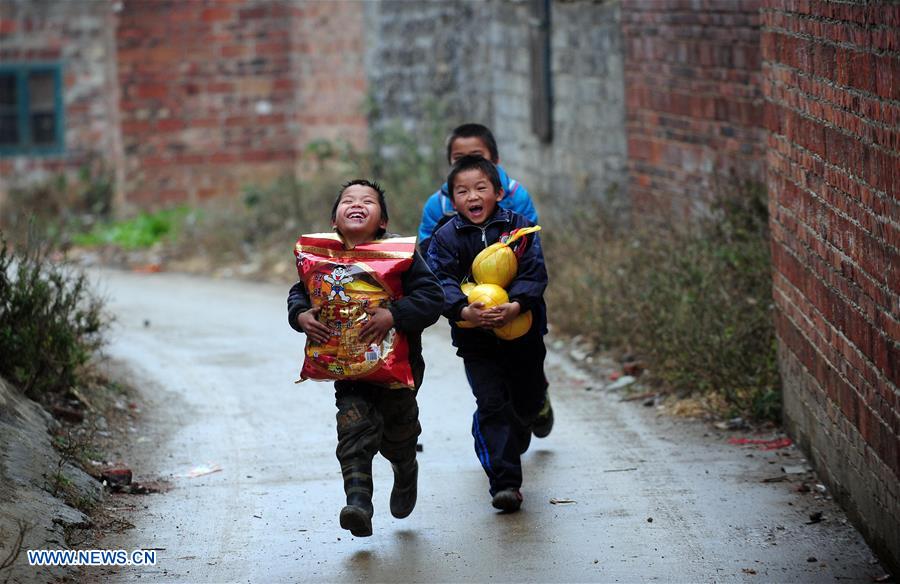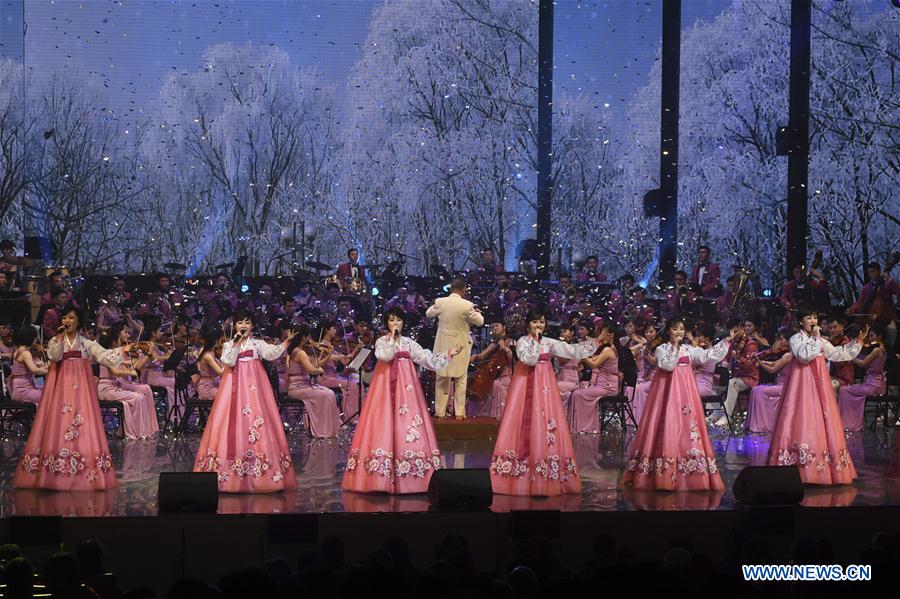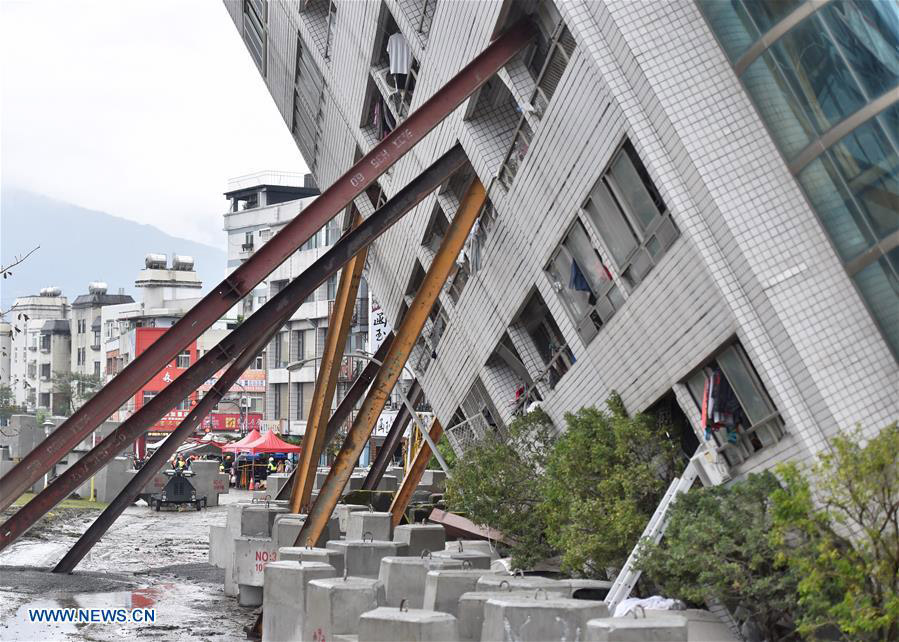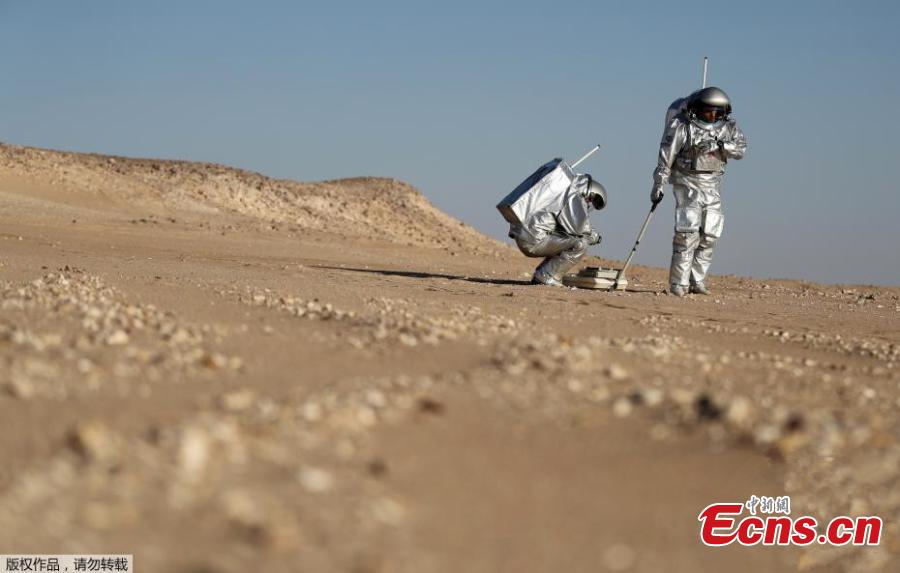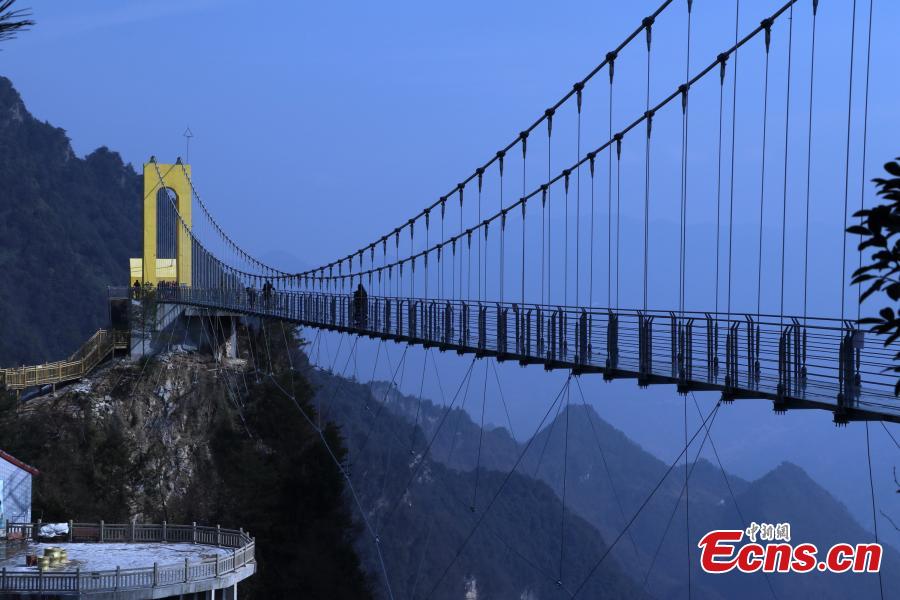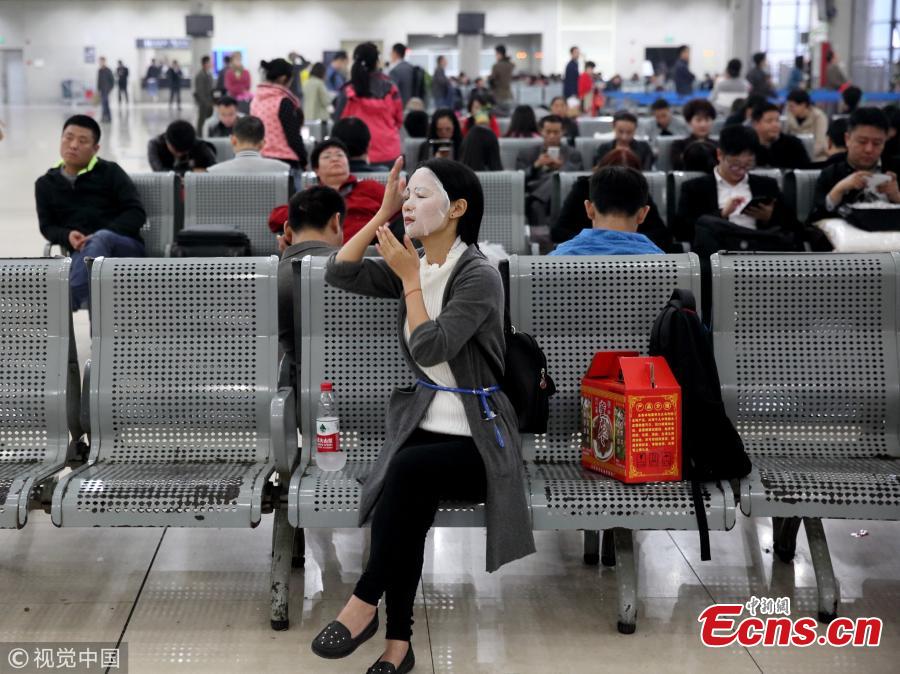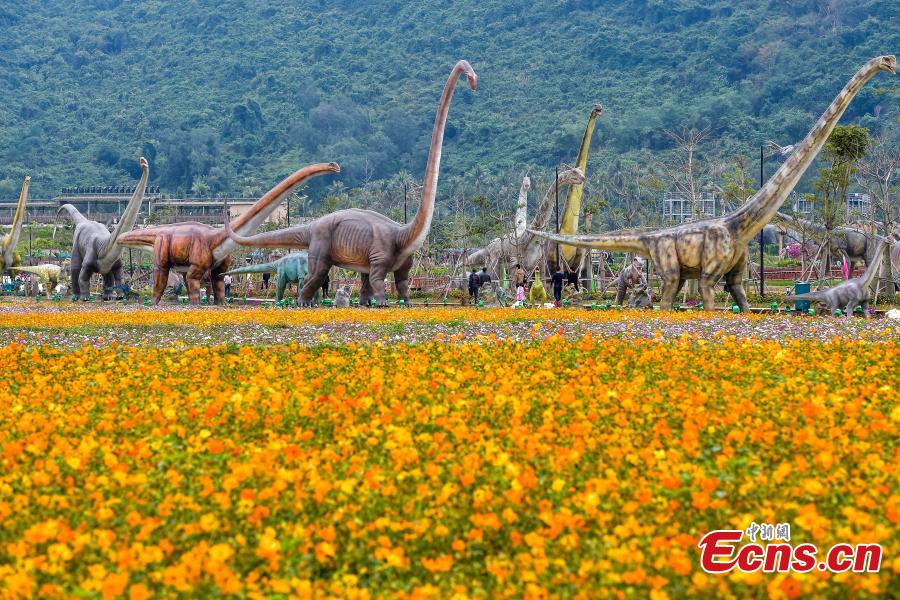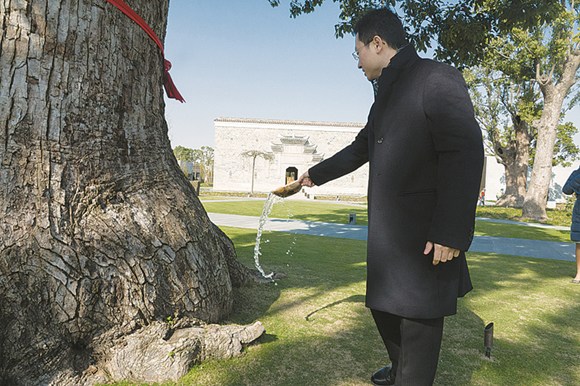
Amanyangyun features old trees relocated from Jiangxi province. The oldest tree (left photo) is over 1,000 years old. (Photo/China Daily)
In 2009, Adrian Zecha, the founder of luxury hospitality brand Aman Resorts, learned about Ma's ambitious project and decided to partner with him to establish the brand's Shanghai outpost - Amanyangyun.
Earlier this January, Amanyangyun Shanghai - it means "nurturing the energy of the clouds" in Chinese - held its soft opening. The new hotel stands out in Aman's portfolio as the brand's largest project with 77 rooms. Aman hotels typically have no more than 55 rooms. Amanyangyun also stands out in terms of price point - with room rates ranging from 6,000 to 80,000 yuan per night ($950 to $12,700), it is the most expensive hotel in China.
The hotel's management team told China Daily USA that its occupancy rate has already been "exceptionally high". Most of the current occupants belong to Aman Junkie, an elite group of jetsetters who travel from one Aman resort to the other for their getaways.
"Shanghai, if not China as well, may be fi lled with outlets of literally every luxury brand in the world, but there is still little chance to stay in an antique Chinese house," said Tang Yu'en, chief architect of Shanghai Architectural Design and Research Institute, which is responsible for the restoration of the old houses that are part of the project.
Occupying 18 hectares in Shanghai's Maqiao Village, a suburban area where Ma fi rst replanted the trees uprooted from his hometown, the estate comprises five restaurants and bars, nine tea rooms and 13 villas, each featuring four rooms split between an old house and a contemporary annex. The rest of the guest rooms are located in newly-built houses.
Several Chinese media have speculated that the decade-long project would have cost Ma a whopping 3.3 billion yuan. Neither Ma nor Aman have commented on the actual amount spent.
Besides raising eyebrows over the price of their rooms, Amanyangyun has also reignited debate over whether antique houses should be repurposed for commercial use.
"It's beyond question that traditional Chinese houses are rapidly vanishing. I don't think the process can be reversed or even stopped. The most critical task now is determining what we can do with those still left, and I think every proposed solution is worth a try," said Tang.









